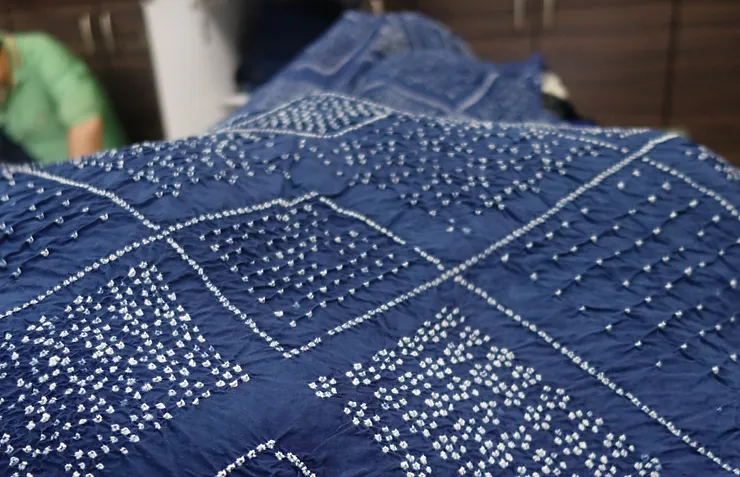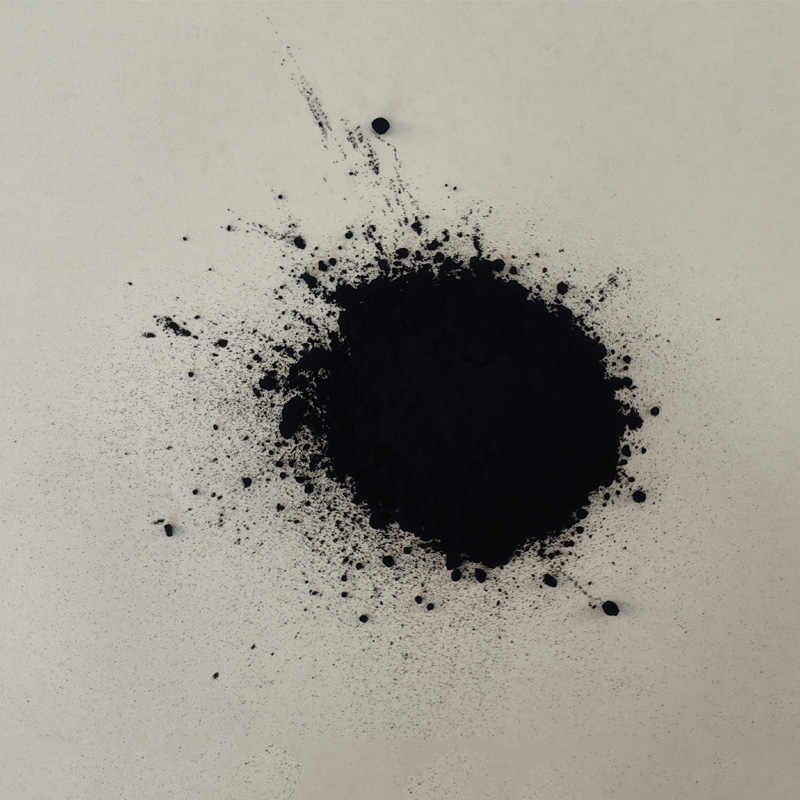Effective Techniques for Achieving the Best Indigo Dyeing Results at Home
The Best Indigo Dyeing Techniques at Home
Indigo dyeing at home is a fascinating and rewarding craft that allows you to create stunning textiles with rich, deep blue hues. This ancient technique has been practiced for centuries across various cultures, and today, it has made a resurgence as a popular DIY project. Whether your goal is to dye fabrics, garments, or even art pieces, this guide will help you master the best indigo dyeing methods in the comfort of your own home.
Understanding Indigo
Indigo is a natural dye derived from plants, primarily the leaves of the indigofera plant. Unlike many other dyes, indigo does not dissolve in water, which makes the dyeing process a unique and exciting one. The color appears only after exposure to air, causing a chemical reaction that oxidizes the dye. This means that when you dip your fabric into the indigo solution, it will initially appear greenish before transforming into a vibrant blue as it dries and is exposed to air.
Materials Needed
Before you start your indigo dyeing journey, gather the following materials
1. Indigo Dye You can purchase indigo dye powders or a pre-reduced indigo kit designed for easy home use. 2. Fabric Cotton, linen, or silk are great choices, as they absorb indigo dye well. 3. A large container A plastic tub or bucket will work for dyeing. 4. Stirring stick A wooden stick or something similar for stirring your dye solution. 5. Rubber gloves To protect your hands from the dye. 6. Water For mixing the dye and soaking your fabric. 7. Salt or vinegar Optional, depending on the fabric you’re using; they can help set the dye.
The Dyeing Process
1. Prepare the Fabric Start by washing your fabric to remove any sizing or finishes that may interfere with dye absorption. Allow it to soak in a mixture of water and a cup of vinegar for about 30 minutes to further prepare the fibers.
best indigo dyeing at home

2. Dye Solution If you’re using powdered indigo, follow the package instructions to create your dye bath. Typically, you will need to mix the indigo powder with warm water and a reducing agent (like sodium hydrosulfite), which will help dissolve the indigo and create the dye solution.
3. Dyeing Wearing rubber gloves, immerse your fabric into the dye bath and stir gently for a few moments. The length of time you leave the fabric in the bath will determine the depth of the color. Start with a short exposure, as you can always dip it again for a darker hue.
4. Rinse and Oxidize After dyeing, remove the fabric and let it drip for a moment before uncovering it from the dye. Lay it flat or hang it to dry, exposing it to air to allow the vibrant blue color to emerge. Rinse with cold water to remove any excess dye once it has dried.
5. Repeat If you desire a deeper color, repeat the dyeing process several times, allowing for oxidation in between dips.
Creating Patterns
Indigo dyeing opens up a world of creative possibilities. You can create unique patterns using techniques like shibori (a Japanese tie-dye method), where you bind, stitch, or fold the fabric in various ways before dyeing. Each method will yield distinct results, allowing you to personalize your projects.
Conclusion
Indigo dyeing at home not only lets you explore your creativity but also connects you to a rich cultural tradition. With the right materials and techniques, you can create beautiful, one-of-a-kind pieces that showcase the stunning depth and variation of indigo dye. Whether you’re an experienced crafter or a novice, indigo dyeing is an enjoyable process that can lead to satisfactory and lasting results. So gather your materials, and dive into the mesmerizing world of indigo!
-
Innovating Bromo Indigo Excellence
NewsAug.23,2025
-
Pioneering Indigo Plant Dye Excellence
NewsAug.23,2025
-
Leading Sulphur Black Dyes Enterprise
NewsAug.23,2025
-
Sulphur Black Dyes Light Resistance
NewsAug.23,2025
-
Indigo Blue Granular Industrial Uses
NewsAug.23,2025
-
Bromo Indigo Synthetic Production Process
NewsAug.23,2025
-
The Timeless Art of Denim Indigo Dye
NewsJul.01,2025

Sulphur Black
1.Name: sulphur black; Sulfur Black; Sulphur Black 1;
2.Structure formula:
3.Molecule formula: C6H4N2O5
4.CAS No.: 1326-82-5
5.HS code: 32041911
6.Product specification:Appearance:black phosphorus flakes; black liquid

Bromo Indigo; Vat Bromo-Indigo; C.I.Vat Blue 5
1.Name: Bromo indigo; Vat bromo-indigo; C.I.Vat blue 5;
2.Structure formula:
3.Molecule formula: C16H6Br4N2O2
4.CAS No.: 2475-31-2
5.HS code: 3204151000 6.Major usage and instruction: Be mainly used to dye cotton fabrics.

Indigo Blue Vat Blue
1.Name: indigo blue,vat blue 1,
2.Structure formula:
3.Molecule formula: C16H10N2O2
4.. CAS No.: 482-89-3
5.Molecule weight: 262.62
6.HS code: 3204151000
7.Major usage and instruction: Be mainly used to dye cotton fabrics.

